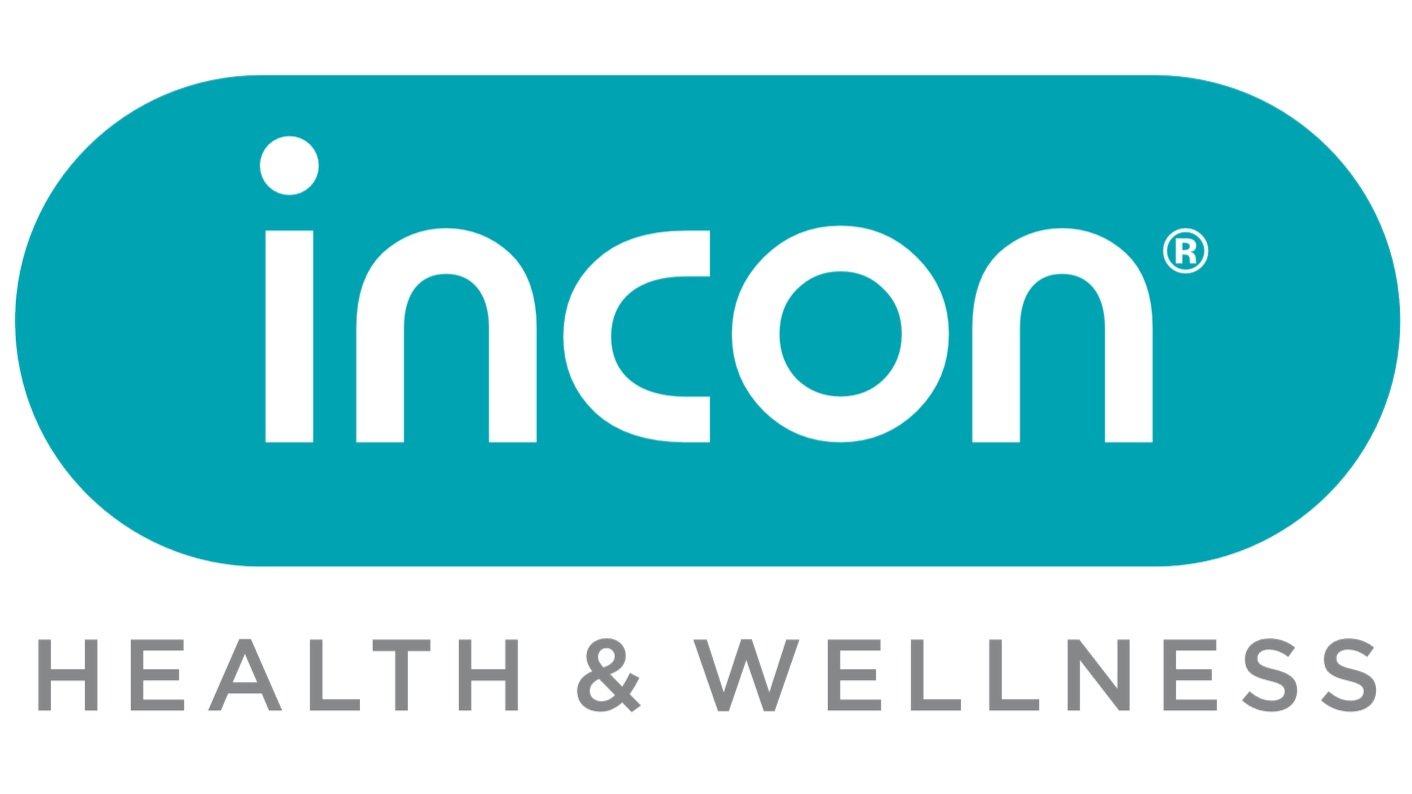AI Enhances Occupational Health
The Essential Role of Occupational Health in the Workplace and the Supportive Impact of AI Technologies
Occupational health plays a crucial role in ensuring the safety, well-being, and productivity of employees. As businesses continue to evolve, the integration of Artificial Intelligence (AI) into occupational health practices offers promising support, enhancing traditional methods while maintaining the irreplaceable human element in healthcare.
Understanding Occupational Health
Occupational health refers to the identification and control of risks arising from physical, chemical, and other workplace hazards to establish an optimal work environment. The goal is to prevent health problems caused by working conditions and to ensure that workplaces adhere to regulations and safety standards. Effective occupational health programmes are essential as they lead to increased productivity, reduced absenteeism, and decreased healthcare costs.
The Role of AI in Enhancing Occupational Health
AI technologies can significantly support the field of occupational health in several ways:
1. Predictive Analytics: AI can analyse large datasets from workplace sensors or health records to predict potential health risks and hazards. For instance, machine learning models can identify patterns that precede accidents or illnesses, allowing for preemptive actions to mitigate risks.
2. Ergonomic Assessments: AI-powered tools can analyse video footage of workers to assess ergonomic risks and suggest optimal workstation setups or recommend breaks and physical exercises tailored to individual needs, reducing the incidence of musculoskeletal disorders.
3. Health Monitoring: Wearable AI devices can monitor vital signs and environmental exposures in real-time, providing instant feedback and alerts to both employees and employers. This technology enables early detection of physiological changes that may signify health issues, allowing for immediate intervention.
4. Training and Education: AI can customise training programmes based on individual learning paces and styles, enhancing the effectiveness of training in safety practices and emergency procedures.
Preserving the Human Element
Despite the advancements in AI, the human aspect of occupational health remains indispensable. Human judgement, empathy, and ethical considerations are critical in interpreting data, making informed decisions, and providing psychological support. Here are several reasons why human interaction cannot be entirely replaced by AI in occupational health:
- Ethical Decision-Making: AI systems may suggest solutions based on data and efficiency but lack the capability to consider ethical implications of these decisions. Human oversight is necessary to evaluate the recommendations made by AI, ensuring they are in the best interest of employee health and well-being.
- Complex Problem-Solving: While AI can assist in identifying problems and suggesting solutions, complex issues require human ingenuity and creative problem-solving skills, particularly in situations where employee health and safety are at risk.
- Emotional Intelligence: Human interaction is vital in handling sensitive health issues. Professionals in occupational health provide not just medical treatment but also support and reassurance, which are beyond the emotional capabilities of AI.
Conclusion
The integration of AI into occupational health strategies offers substantial benefits by enhancing efficiency, predicting potential health risks, and personalising health interventions.
However, it is crucial to maintain a balance where AI supports rather than replaces the human element. Occupational health professionals play an irreplaceable role in the workplace, offering necessary human insights, empathy, and ethical judgements that AI cannot replicate.
In conclusion, while AI can transform occupational health for the better, it is the human touch that will continue to define its core.

